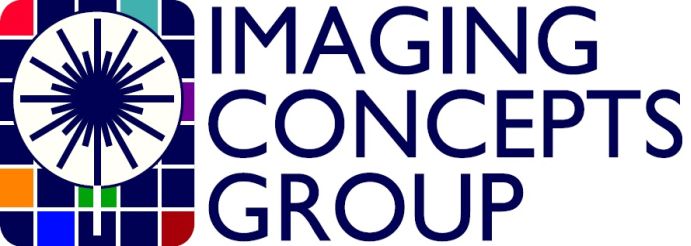Michael Handley
My research involves the development of 3D imaging techniques for light microscopy. Specifically, I am using pupil engineering to extend the in-focus region for 3D particle localisation and extended object imaging. I am particularly interested in the biological application of this research in two main areas:
Cell traction force microscopy (CTFM) measures the interfacial forces between a cell and its surroundings. This is done by embedding cells in a medium containing lots of fluorescent microbeads, and tracking the motion of the beads over the cells’ lifetimes. Using this data, we can accurately characterise the dynamics of cell growth, migration and differentiation. CTFM has been used to investigate the mechanics of stem cell and cancer cell propagation, and in tissue engineering.
Stochastic Reconstruction Microscopy (STORM) is a method of super-resolution imaging which allows the tracking of individual fluorescent tracer molecules inside a cell. With the right kind of tracers, one can uncover a cell’s internal structure or observe the intracellular transport of molecules.
In each of these fields, extending the in-focus volume gives higher resolutions across 3D space, which allows us to make more accurate measurements of processes not observable with a conventional microscope.
Thesis topic: Computational Microscopy
Supervisor: Professor Andrew R. Harvey
Contact Details
Tel: 0141-330-3253
Room 246b, Kelvin Building,University of Glasgow,Glasgow, UKG12 8QQ

